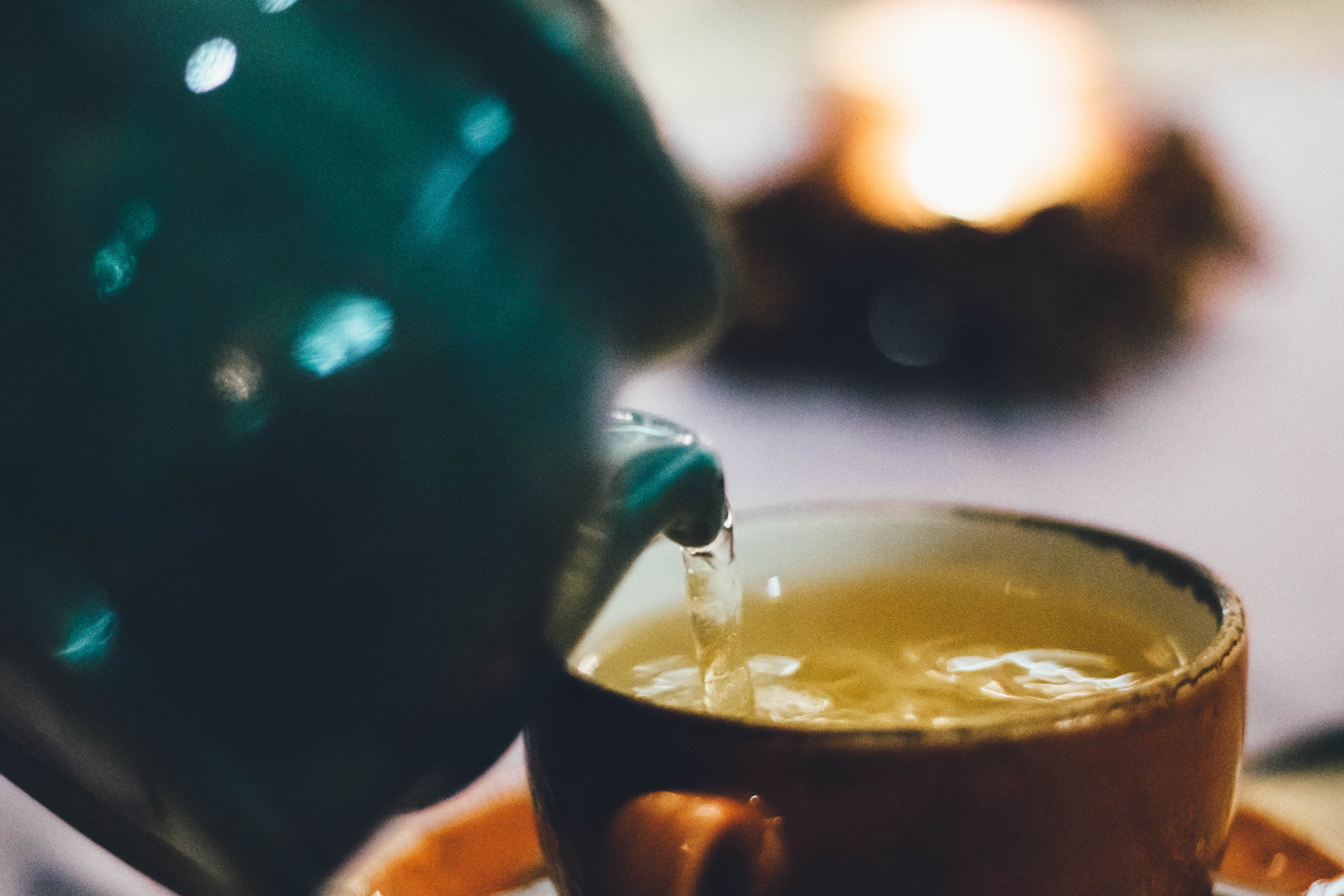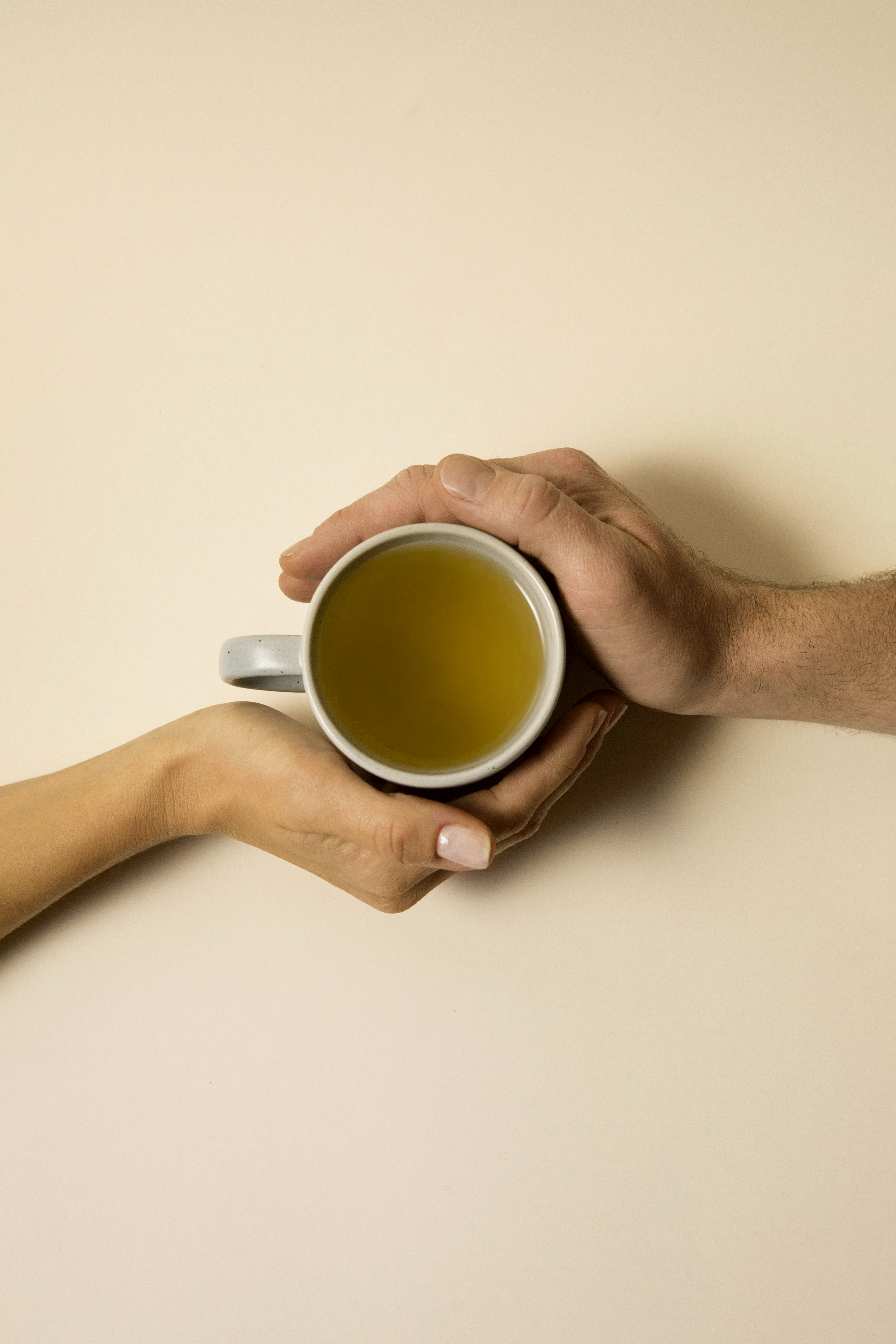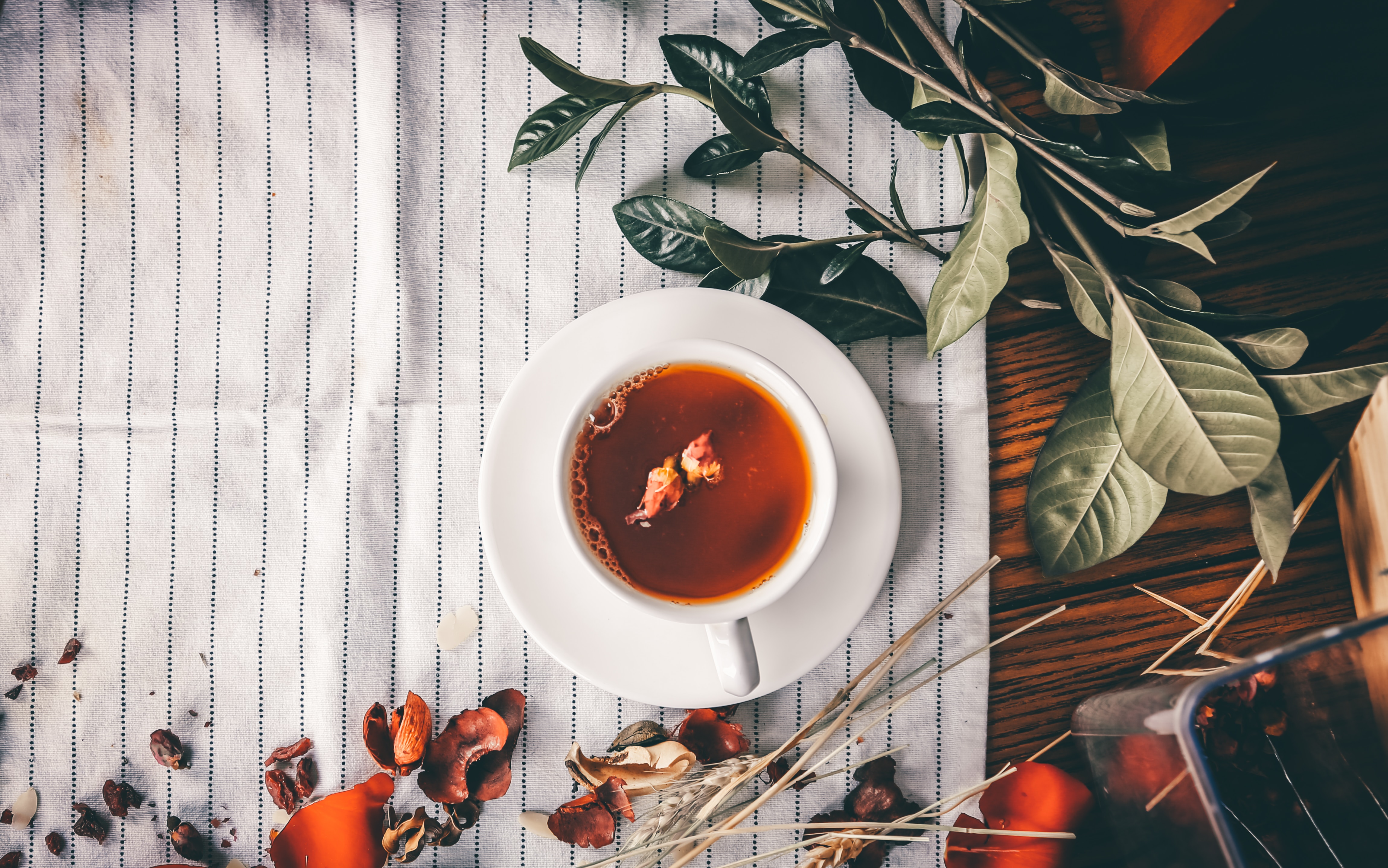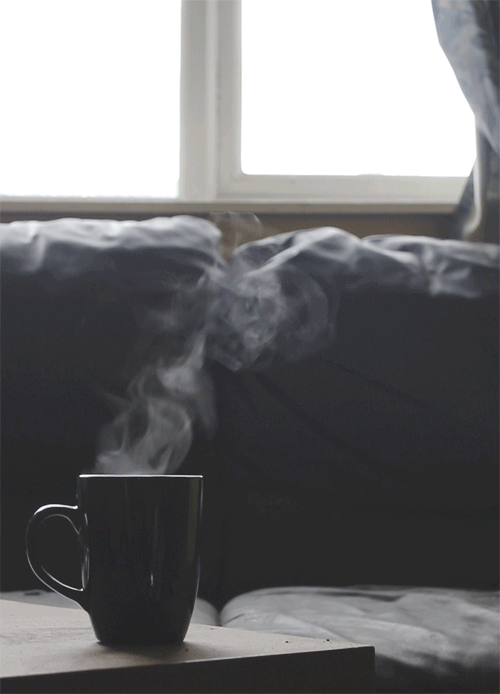Why do the Tuareg people drink hot tea in the middle of the desert? Where do the different colors of tea come from? And what is the difference between theine and caffeine? We answer all your questions about tea, which (did you know?) happens to be the second most consumed drink on the planet!
Where did tea first come from?
According to the legend, some 5,000 years ago the Chinese emperor Shennong was sitting under a tree drinking some hot water, when a tea leaf blown by the wind fluttered into his cup. The emperor tasted the water and loved the new flavor! And so tea was born.

Who drinks tea?
Tea is the second most consumed drink in the world after water (and therefore the most consumed hot beverage). There are more than four million tons of tea produced globally every year – around 285 pounds every second! An estimated 25,000 cups of tea are enjoyed every second across the world, and around 1,000 billion cups per year.
Can hot tea cool you down?
It may seem paradoxical, but hot tea is actually a great way to cool down. Why? Because drinking something hot raises your body temperature. As your body sweats, it uses less energy to regulate its temperature. Now we know why the Tuareg people drink hot tea in the middle of the desert!

Why does tea have different colors?
All teas come from the same plant, known as camellia sinensis. After being picked, the tea leaves are dried. The longer they are left out in the open, the more they oxidize, and the more the color of the tea shifts from green to black. In turn, the liquor changes from pale yellow to coppery orange.
Why should you never brew tea in boiling water?
The water poured onto tea leaves to infuse them should be simmering, but never boiling. This is because overly hot water (above 194°F/90°C) burns tea leaves and diminishes their flavor. The fragrances and tastes are delicate, and will evaporate with the water! What’s more, boiling water loses oxygen, and it is precisely these oxygen molecules that bring out tea’s flavors. Ideally, water should be heated to around 158°F/70°C for green teas, and between 185°F/85°C and 194°F/90°C for black teas.

What is the difference between theine and caffeine?
Theine and caffeine are the same molecule. But they don’t interact in the same way with our bodies. In tea, theine is combined with tannins, which means it is assimilated at a much slower rate. You will never get the “rush” some people experience after drinking coffee. The stimulation generally caused by the molecule is “diluted” in tea, as it takes our bodies between three and six hours to absorb it.
What is the world’s most expensive tea?
Da Hong Pao (literally Big Red Robe) is a premium oolong tea from the Wuyi Mountains. The age of the tea bushes dictates the price of each harvest, and leaves from the oldest bushes are sold for more than 35,400 dollars per ounce! Of course, this is only for the very rarest Da Hong Pao teas, and others can be bought for a fraction of the price. As you can imagine, the Da Hong Pao tea bushes are closely guarded!
Is tea what started the American Revolutionary War?
After the Stamp Act of 1765 and the Townshend Acts of 1767, tea became a highly taxed product sent between the British Empire and its American colonies. Around the same time, the East India Trading Company had accumulated considerable debts. It was almost impossible to sell its stock as untaxed contraband items had flooded the market. In 1773, the British government introduced the Tea Act, a law that allowed the Company to sell tea to the colonies without paying taxes. This decision ruined independent merchants and provoked the anger of English settlers in America. The latter group boycotted tea, and on December 16, around 60 Boston locals threw more than 300 crates of tea into the sea. This event, now known as the Boston Tea Party, heralded what would become the American Revolutionary War.

Do you have other questions about tea? Or perhaps some information or historical anecdotes you’d like to share? Feel free to write to us on Twitter (@KusmiTea), and we will happily write another article in reply!


